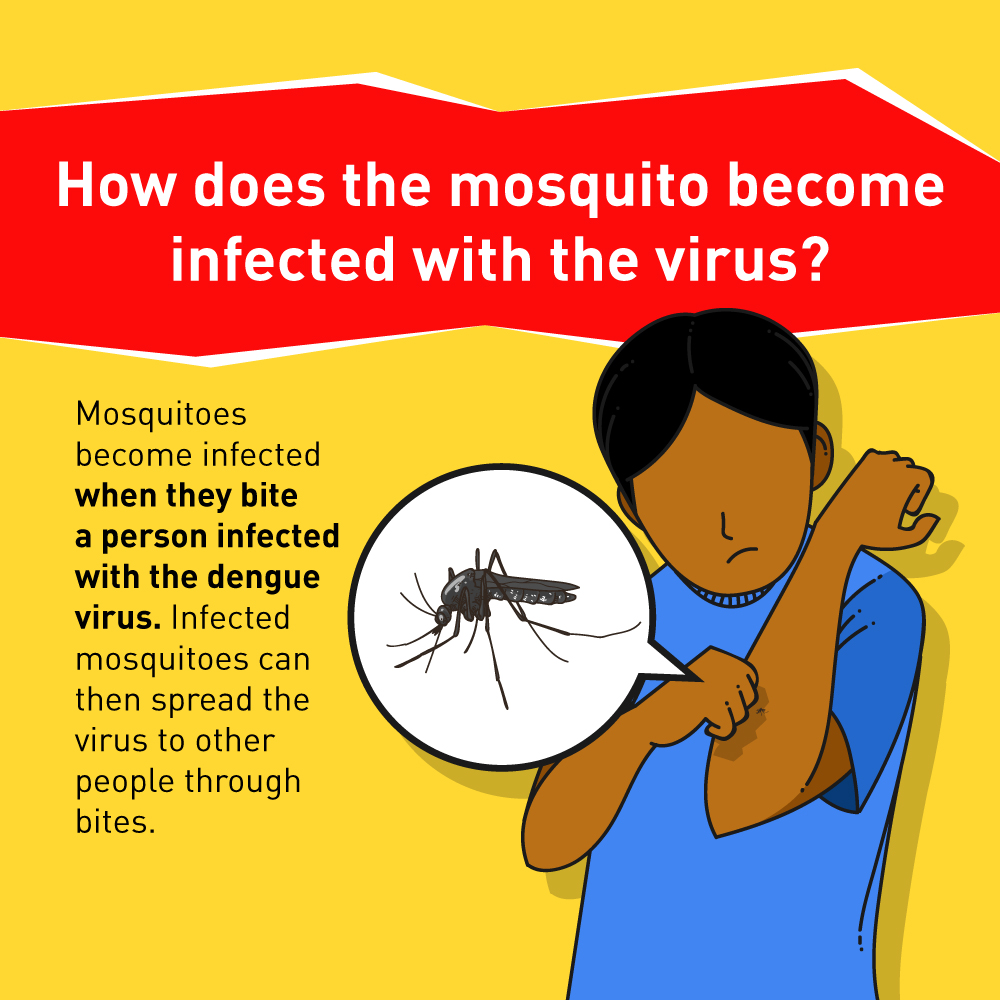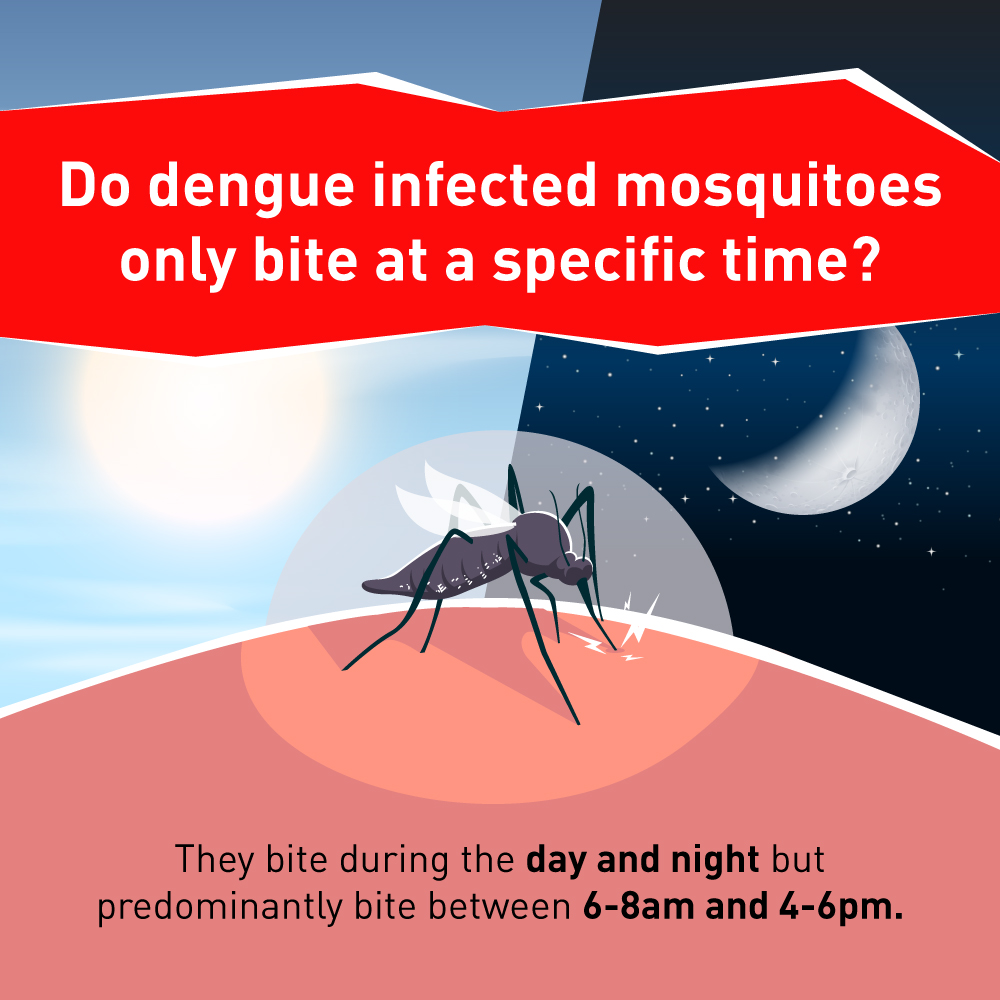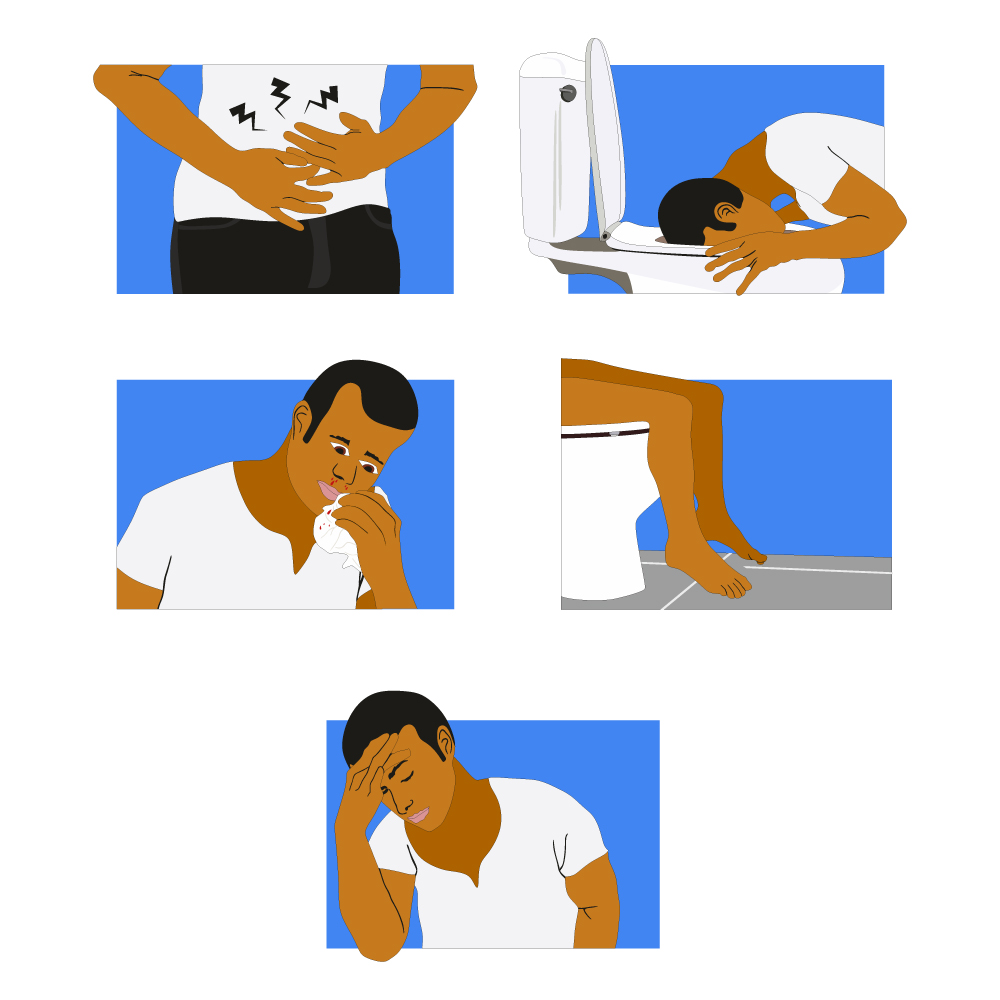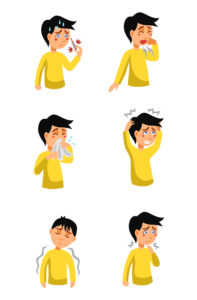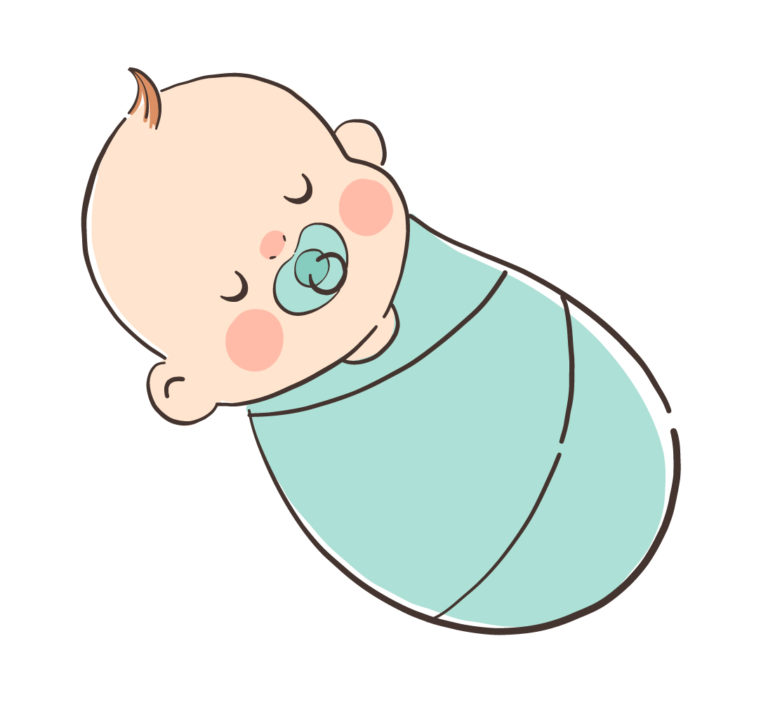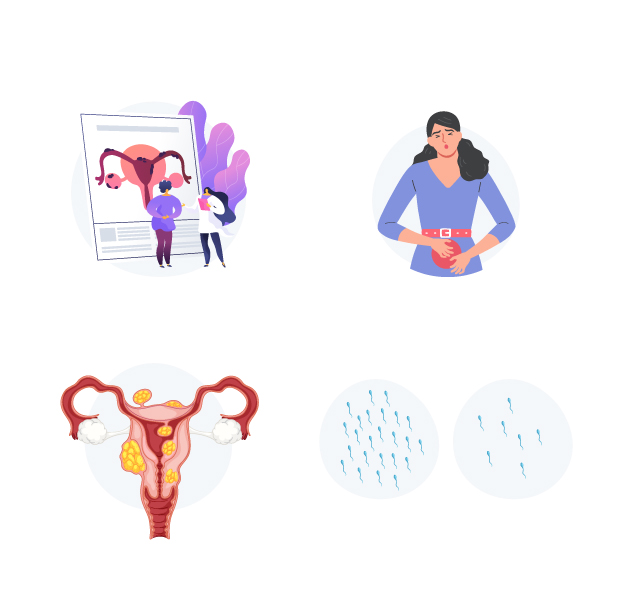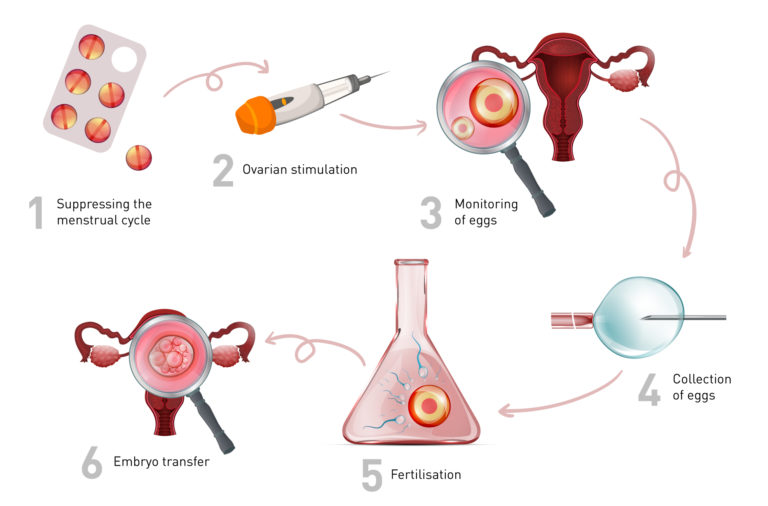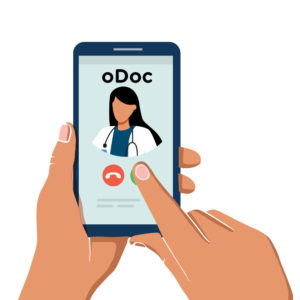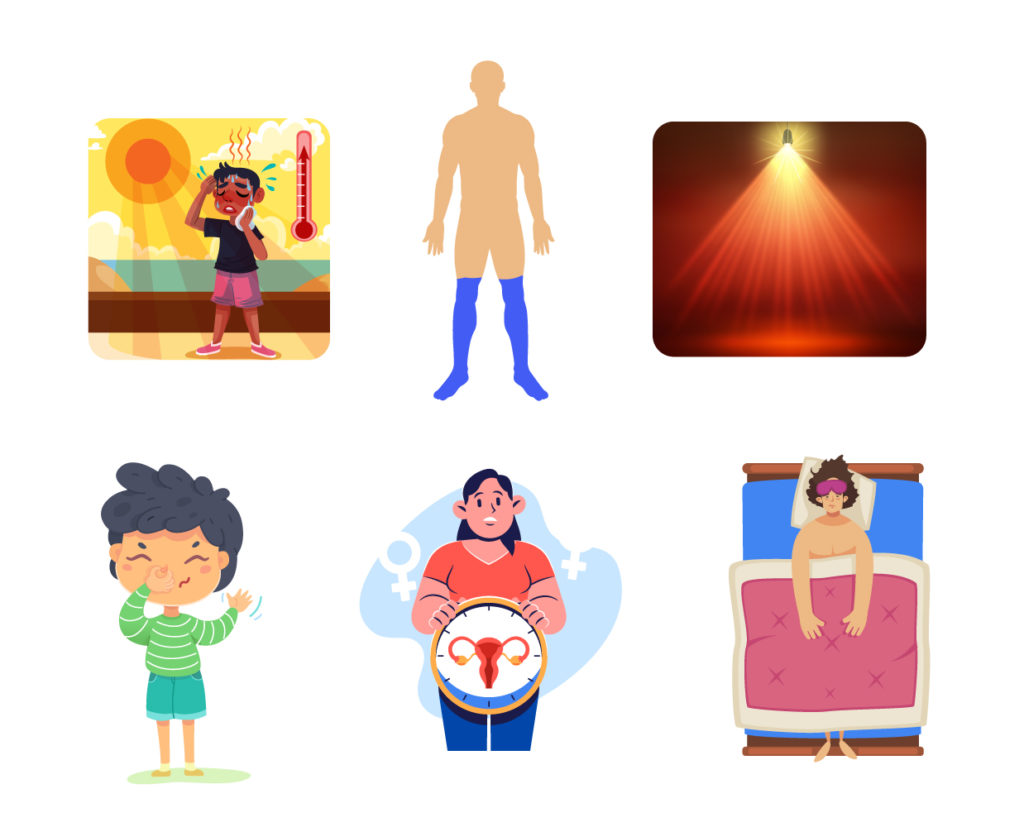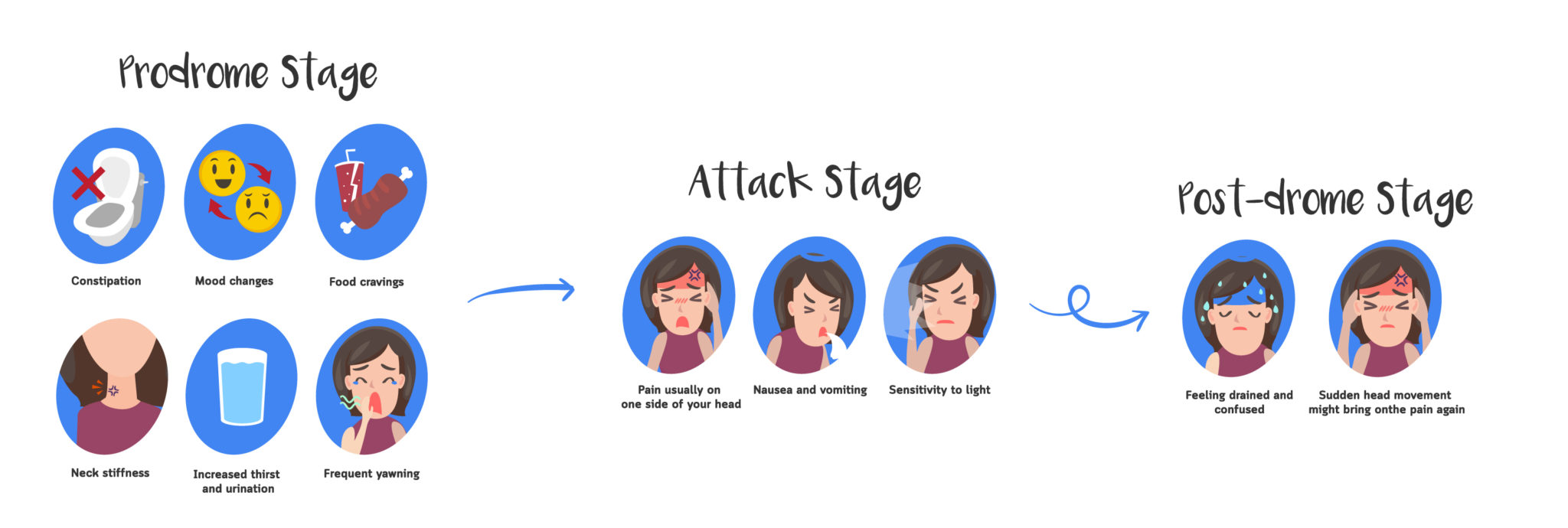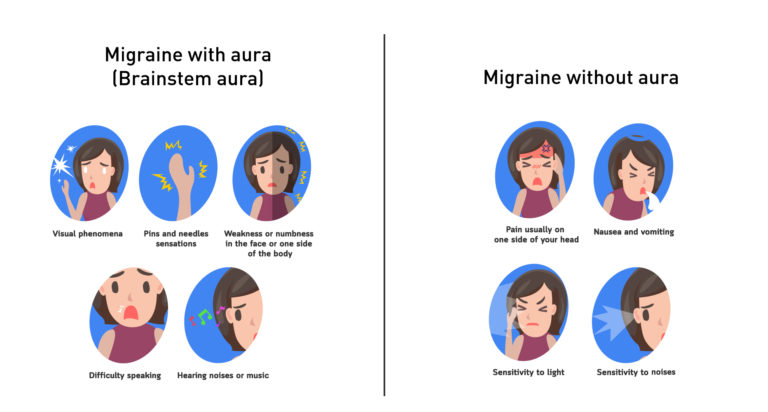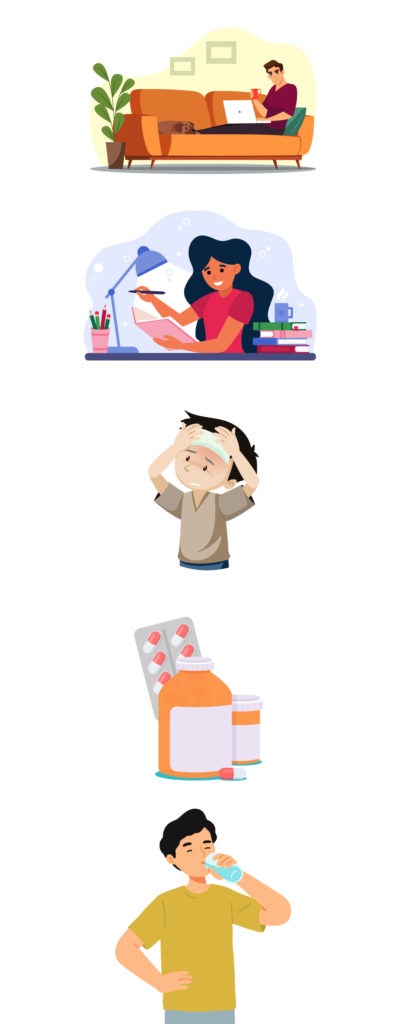Do you have an STD or are you just paranoid?
Let us guess. You got caught up in the moment and now you’re thinking you caught STDs. We are going to stop you right there and ask you this question.
What makes you think that you have an STD for sure?
There’s only one way to know: By getting tested for STDs.
Before you panic and decide to get tested, you need to know what STD means. For starters, it means Sexually Transmitted Diseases and it’s NOT another word for AIDS.
To get a clear idea of what to do, it’s important to know:
- How STDs spread
- When to get checked for STDs
- Are they curable?
- Risk Factors
- Ways to get tested in Sri Lanka
- FAQs
This way, you know when and how to get tested for STD and to prevent it at all costs.
How STDs Spread
The sexually transmitted diseases mainly spread through unprotected oral, vaginal and anal sex. Other cases include:
- Direct contact with any sores from STDs.
- Exposure to infected blood.
- Contact with vaginal fluid or semen.
- The sharing of needles.
The majority of the above involve unprotected sex. This makes the sexually-transmitted diseases quite common.
QUICK FACTS
In Sri Lanka, in 2021 more than 250 HIV cases were found. And close to 6500 people were diagnosed with other forms of STIs.
The most common STDs are genital herpes, genital warts, gonorrhea and chlamydia. [We know these names may sound like Greek but we are about to simplify them.]
Caution: The World Bank claims that only 10-15% of STI cases are reported by government clinics.
Reason: Some ignore, others simply don’t know because the symptoms don’t always show until it’s too late.
When to get checked for STDs?
There are a few things to watch out for, especially after having unprotected sex.
Common STD symptoms
- Discharge from the penis or vagina.
- Pain or burning sensation with urine or bowel movements
- Painful blisters, itching and ulcers around the genitals, anus or mouth
- Warts (small, fleshy, mostly painless growths or bumps) around the genitals or anus
- Lumps around the groin
- Severe scrotal or pelvic pain
- Having to go to the bathroom often
Remember, usually STD patients show no symptoms so getting tested every 6 months is the way forward. This way, you can detect the infection at an early curable stage.
On that note…
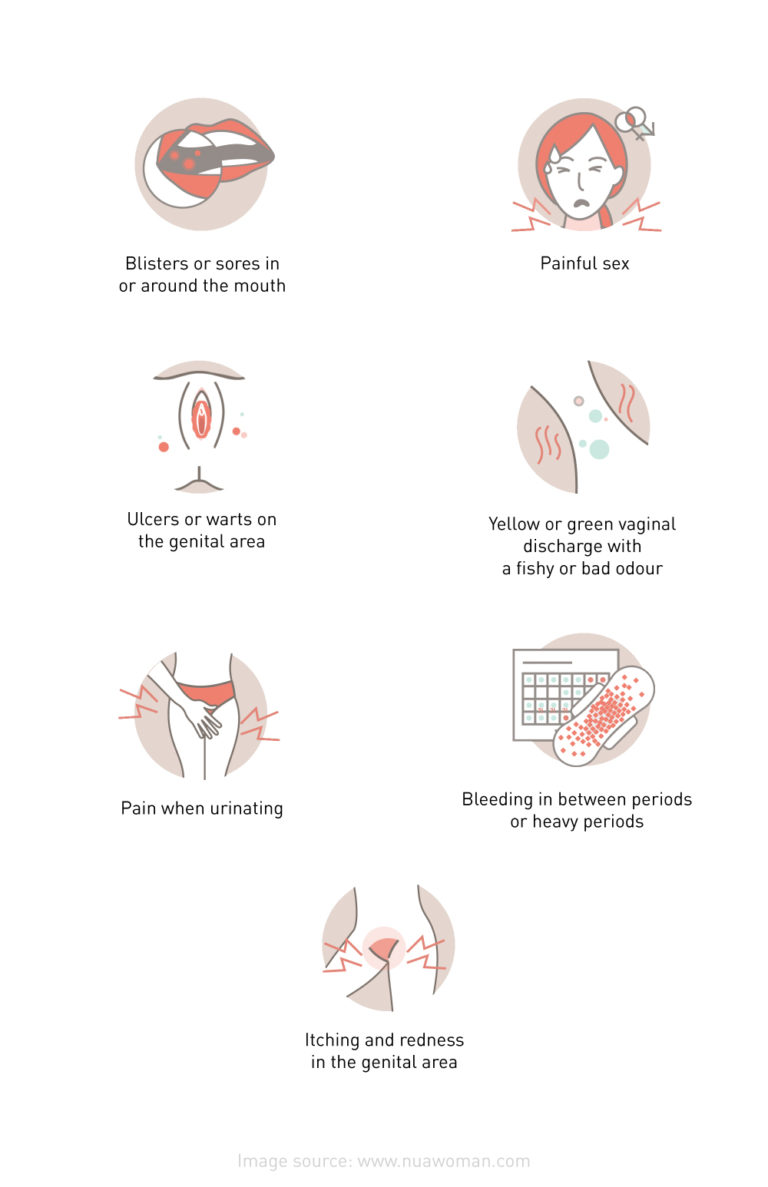
Are all STDs curable?
Well, not all of them but it’s not all doom and gloom as you imagine. Here’s the breakdown of a few:
Incurable STDs
Genital Herpes:
Symptoms: Painful discharge and sores/blisters around genital parts.
Cure: This is a life-long infection. However, regular treatment and counseling can help lead a normal life.
HIV:
Symptoms: Mouth ulcers, weight loss, vomiting, swollen lymph nodes and all the effects of a weak immune system. This can lead to serious infections, cancers and the globally-hated condition called AIDS and that can be life-threatening.
Cure: There is no cure. But thanks to science and discovery, we now have treatments that control this infection and help patients lead a healthy, normal life. Earlier the detection, easier this is.

Curable STDs
Syphillis:
Symptoms: Early stages include severe sores and rashes. If undetected, it can bring more serious health problems. For instance, tumors, blindness, brain system damage or even death.
Cure: This is very easy to cure at the early stage.
Gonorrhea:
Symptoms: Anal itching, pus-like discharge and blood spotting from the rectum, eye pain, sore throats, swollen joints.
Cure: There is medicine to treat the infection.
Genital Warts:
Symptoms: The appearance of cauliflower-like bumps on the genitals.
Cure: Your doctor will prescribe medications and/or surgery to remove and cure warts.
Genital Candidiasis:
Symptoms: Vaginal discomfort and painful sex.
Cure: There are both oral and topical medications to treat this.
Special note: This is not an STD because this is primarily caused by yeast infection. However, sexual partners can also pass it to you. And this is quite common in Sri Lanka with over 1000 people diagnosed in 2021.
Conclusion: Get tested early as possible.
Is anyone easily at risk of STDs?
Belonging to one of the below categories, gives another reason to get tested regularly.
- Being between the ages of 15-24. The younger your first sexual encounter is, higher the risk is.
- Sexual history. If you have new or multiple partners, you need to be asking all the right questions from them. Having unprotected sex is never the right thing to do.
- Men who have sex with other men.
- Having a history of STDs. If you have HIV or AIDS, you can easily carry other STDs.
By now, you should have an idea of when to get tested. Now it’s time to ask ourselves this question

How to get tested for STD in Sri Lanka?
1.Visit the National STD and AIDS Control Programme.
- Open hours: 8am to 4pm – Monday to Friday
- 8am to 12pm – Saturday
- Address: No. 29, De Saram Place, Colombo 10.
- Note: You could visit directly or place on appointment via https://know4sure.lk
2. Visit the STD Clinic by Colombo South Teaching Hospital.
- Open hours: 8am to 3:30pm – Monday to Friday
- 8am to 12pm – Saturday
- Address: No. 43, Sri Sunandarama Road, Kalubowila
3.Visit the Family Planning Association.
- Open hours: 8:30am to 4:30pm – Monday to Friday
- Address: 37/27, Buller’s Lane, Colombo 7.
- Dial +9411 255 5455 to check to make an appointment.
- Services: Consultations for HIV and other STD related queries and screening tests for syphilis, herpes, HIV and Hepatitis B.
Note: We advise not to self-assess and take any of the tests. The first step is to consult a professional and let them direct you to the next steps.
- Talk to your doctor or venereologist via oDoc.
This takes a few minutes and if only needed you will be asked to come in for a physical examination.
What to expect when you get tested?
- Be prepared to be transparent about your sexual history.
- You will also be physically examined based on your symptoms.
- Blood or urine samples or swabs will be taken to carry out the tests.
Good luck, you got this! Whatever it is, it will be okay.
FAQs
Okay, so what happens if you get diagnosed with an STD?
- It can be sad, confusing and embarrassing. It’s okay to feel that way.
- Simply, follow the treatment. Like mentioned above, even the incurable STDs can be controlled.
- Always be transparent with your sexual partners. Don’t be that person!
- Never hesitate to get help from counselors and therapists. You are not alone.
Will an STD cure on its own?
No, it doesn’t. By ignoring symptoms and regular health check, you are putting both yours and your partner’s health in danger.
Are there any vaccines available to prevent this?
Yes, HIV negative partners can take Pre- exposure prophylaxis (PrRP) and Post Exposure Prophylaxis after Sexual Exposures. (PEPSE). For STI prevention, doctors prescribe Hepatitis B and HPV vaccination. BUT, this is only recommended under the doctors’ guidance.
IMPORTANT: If you had unprotected sex or got exposed to any STI-related infection, don’t try to self-diagnose, waste money on self-testing kits and go down the rabbit hole on the internet. Instead, get yourself to a doctor or clinic immediately. The easiest way? Download oDoc now!
Sources
- FPA Sri Lanka
- AIDS Control
- Urology Health
Similar Articles...

How to Keep Work Stress from Taking Over Your Life
How to Keep Work Stress from Taking Over Your Life In today’s fast-paced and competitive world, work stress has become an all-too-common problem that affects
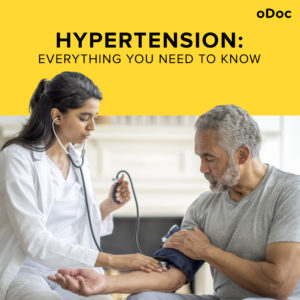
Hypertension: Everything You Need to Know
Hypertension: Everything You Need to Know Hypertension, commonly known as high blood pressure, is a chronic medical condition that affects a significant portion of the
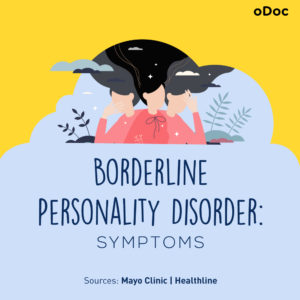
Understanding Borderline Personality Disorder: Symptoms, Causes, and Treatment Options
Understanding Borderline Personality Disorder: Symptoms, Causes, and Treatment. Borderline Personality Disorder (BPD) is a mental health disorder characterised by instability in mood, behaviour, and relationships.





